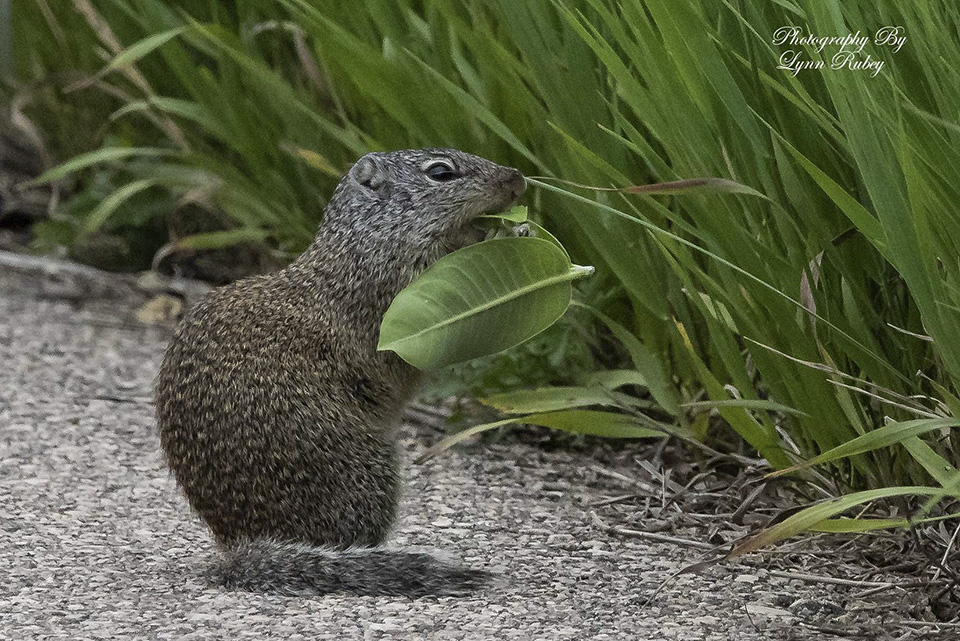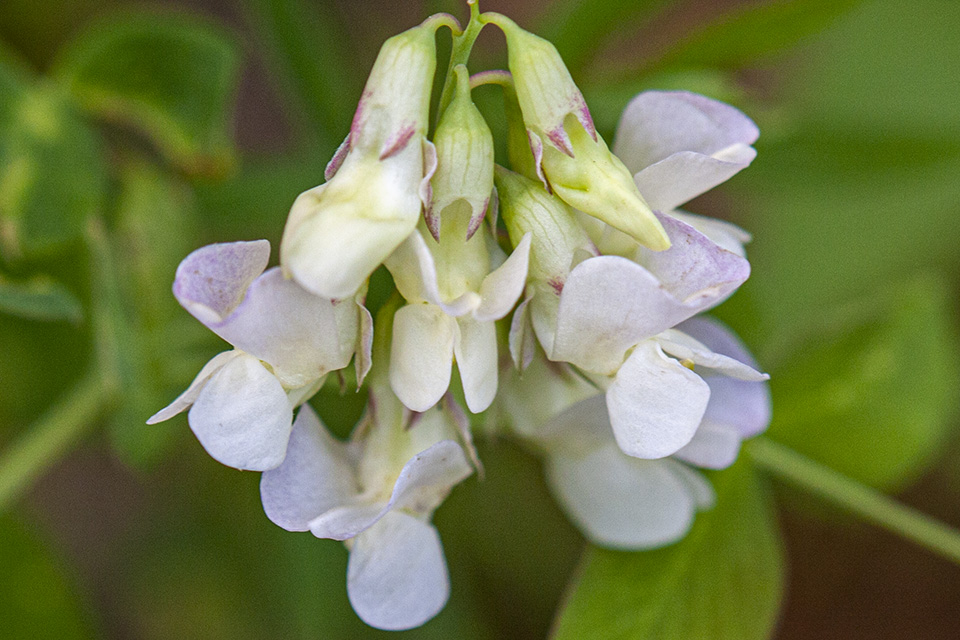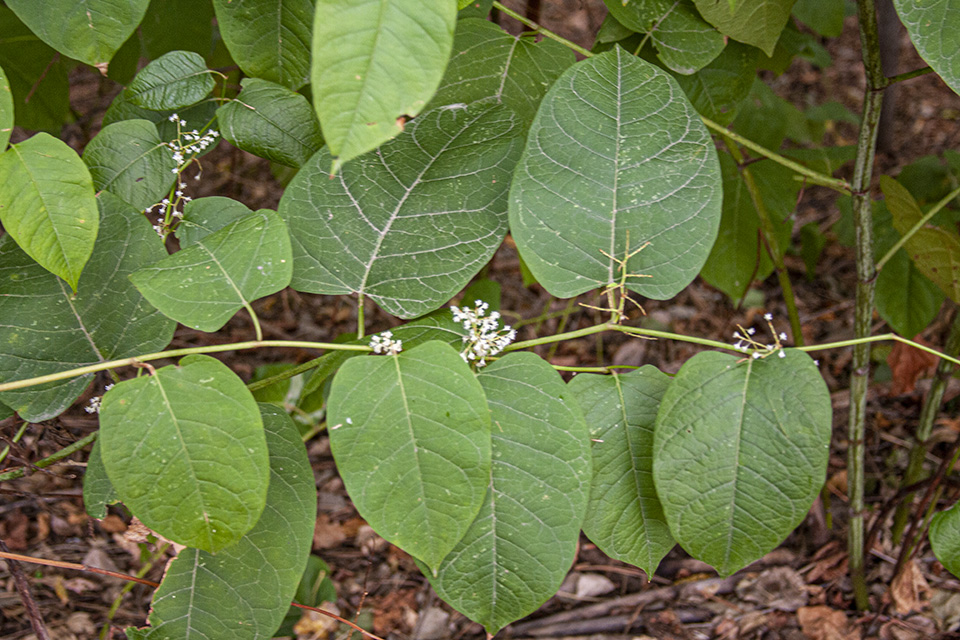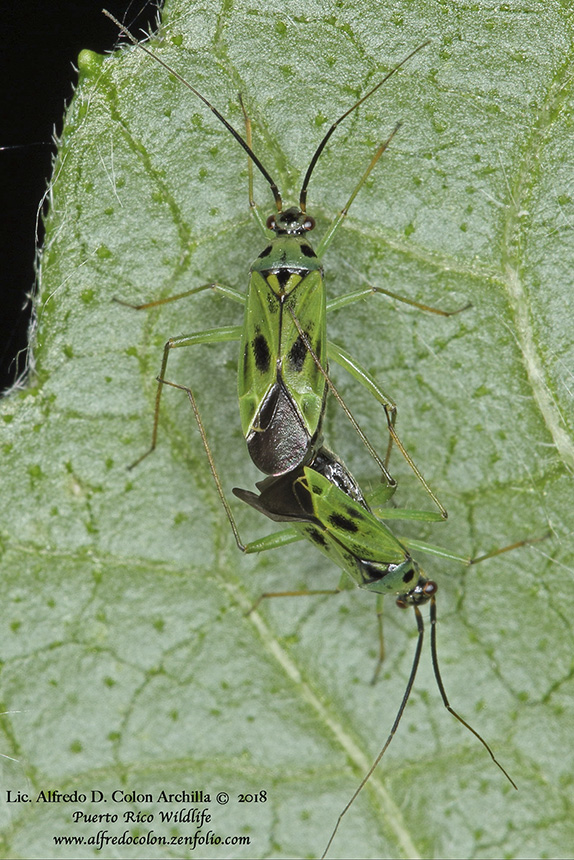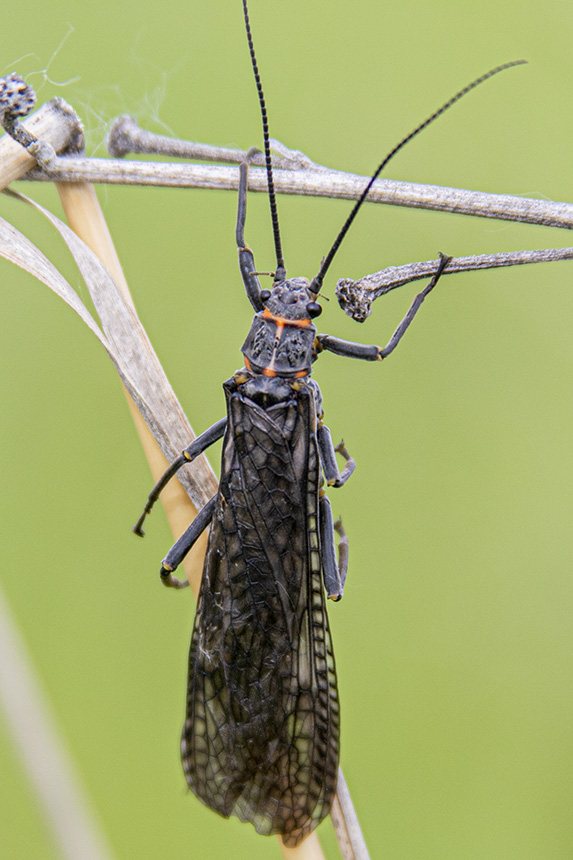
Midwestern salmonfly (Pteronarcys pictetii) is a large, dark brown, giant stonefly. It is common in the Midwest from Minnesota and Wisconsin south to Kansas and Indiana. Adults are 1½″ to 2½″ long. The head narrows slightly in the rear and has a thin, bright orange, rear margin. The plate covering the thorax is highly sculptured and has a thin, bright orange stripe in the middle and three bright orange spots at the base. The legs are robust. The wings have many prominent veins.
Young (naiads) live in well aerated water of small and medium-sized streams. They eat particulate plant matter in the water and move very slowly. When disturbed they will pretend to be dead. They take 2 to 3 years to develop. Adults emerge from April to June and live for only 2 to 3 weeks. They are poor fliers and when disturbed they will run rather than fly away. They are sometimes found far from water. They are active at night (nocturnal) and are attracted to lights.
http://www.minnesotaseasons.com/Insects/midwestern_salmonfly.html

